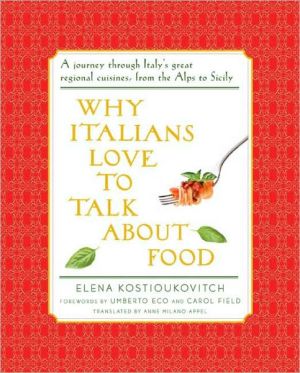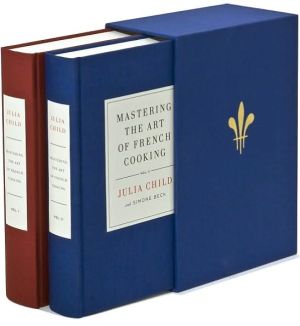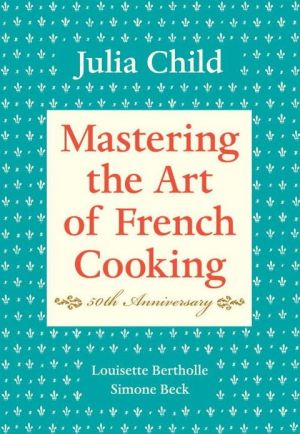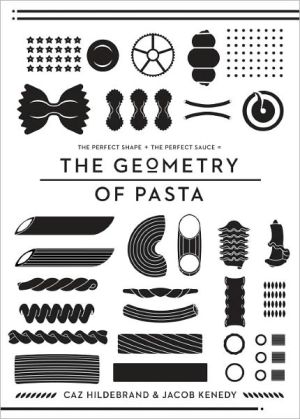Why Italians Love to Talk about Food
Italians love to talk about food. The aroma of a simmering ragú, the bouquet of a local wine, the remembrance of a past meal: Italians discuss these details as naturally as we talk about politics or sports, and often with the same flared tempers. In Why Italians Love to Talk About Food, Elena Kostioukovitch explores the phenomenon that first struck her as a newcomer to Italy: the Italian “culinary code,” or way of talking about food. Along the way, she captures the fierce local pride that...
Search in google:
Italians love to talk about food. The aroma of a simmering ragú, the bouquet of a local wine, the remembrance of a past meal: Italians discuss these details as naturally as we talk about politics or sports, and often with the same flared tempers. In Why Italians Love to Talk About Food, Elena Kostioukovitch explores the phenomenon that first struck her as a newcomer to Italy: the Italian “culinary code,” or way of talking about food. Along the way, she captures the fierce local pride that gives Italian cuisine its remarkable diversity. To come to know Italian food is to discover the differences of taste, language, and attitude that separate a Sicilian from a Piedmontese or a Venetian from a Sardinian. Try tasting Piedmontese bagna cauda, then a Lombard cassoela, then lamb ala Romana: each is part of a unique culinary tradition.In this learned, charming, and entertaining narrative, Kostioukovitch takes us on a journey through one of the world’s richest and most adored food cultures. Organized according to region and colorfully designed with illustrations, maps, menus, and glossaries, Why Italians Love to Talk About Food will allow any reader to become as versed in the ways of Italian cooking as the most seasoned of chefs. Food lovers, history buffs, and gourmands alike will savor this exceptional celebration of Italy’s culinary gifts. Publishers Weekly Kostioukovitch, Umberto Eco's Russian translator, seems an unlikely source for a volume that feels like an instant Italian food and food history classic, but she's lived in Italy for 20 years and brings a nonnative's eye and taste to a fairly comprehensive gastronomical project. “Structured as an imaginary journey from region to region, north to south,” the book opens with a chapter on Friuli Venezia Giulia and proceeds down the peninsula from one region to the next. Each chapter takes a more or less similar approach, leisurely discussing the respective region in a variety of terms from history to geography and culture; sooner, as with the chapter on Puglia, or later, as with Lazio/Rome, food becomes the paramount topic. Though the book is “absolutely not about wine,” the author deftly touches on matters like the history of Campari and Frascati. Though there are no recipes, there are helpful sidebars that list dishes, products and beverages typical of each region, and in between are chapters on subjects pertinent to Italy's food and identity. Some, such as olive oil and pasta, are to be expected, while others are organized around topics like pilgrims, joy or larger themes like the impact of the Americas or totalitarianism; all are full of the sort of well-researched literary arcana and cross-cultural connections that enrich the entire book. (Oct.)
\ From Barnes & NobleItalians and food are inseparable. When they aren't eating, chances are that they are bantering about ingredients or reminiscing over fondly remembered meals. In her 20 years in Italy, Russian translator Elena Kostioukovitch has learned to appreciate the local nuances and the passionate loyalties played out in these never-ending conversations. Apparently, the Italian "culinary code" also interests its creators: First published in Russia, Why Italians Love to Talk about Food became a bestseller in Italy, too. A talented outsider's look at a unique culinary culture.\ \ \ \ \ Publishers WeeklyKostioukovitch, Umberto Eco's Russian translator, seems an unlikely source for a volume that feels like an instant Italian food and food history classic, but she's lived in Italy for 20 years and brings a nonnative's eye and taste to a fairly comprehensive gastronomical project. “Structured as an imaginary journey from region to region, north to south,” the book opens with a chapter on Friuli Venezia Giulia and proceeds down the peninsula from one region to the next. Each chapter takes a more or less similar approach, leisurely discussing the respective region in a variety of terms from history to geography and culture; sooner, as with the chapter on Puglia, or later, as with Lazio/Rome, food becomes the paramount topic. Though the book is “absolutely not about wine,” the author deftly touches on matters like the history of Campari and Frascati. Though there are no recipes, there are helpful sidebars that list dishes, products and beverages typical of each region, and in between are chapters on subjects pertinent to Italy's food and identity. Some, such as olive oil and pasta, are to be expected, while others are organized around topics like pilgrims, joy or larger themes like the impact of the Americas or totalitarianism; all are full of the sort of well-researched literary arcana and cross-cultural connections that enrich the entire book. (Oct.)\ \ \ Library JournalA best seller in its original 2006 Italian edition and now published for the first time in English, this engrossing culinary and cultural study by a longtime Umberto Eco collaborator (Eco writes a foreword) is part travelog, part encyclopedia. Chapters alternate between exploration of each region and examination of broader aspects of the cuisines such as the contributions from the Jewish community or the role of pasta. Kostioukovitch, who hails from Russia but lives and works in Italy, traces what Italians may take for granted: the ties between food and politics, literature, geography, and more. The breadth of detail is remarkable, and though each regional chapter ends with a similarly presented listing of notable foodstuffs, the prose leads readers off in unexpected directions. Readers will appreciate how Kostioukovitch expands beyond the better-known ingredients and dishes of Italy and reveals the daily fare and special items that may seldom be experienced outside their regions or occasions. Note, however, that this is not a cookbook: Kostioukovitch richly describes dishes but offers no recipes. VERDICT For readers looking to explore culinary authenticity and origins, this is highly recommended. [See Prepub Alert, LJ 6/15/09; for regional recipes, see Lidia Bastianich's Lidia Cooks from the Heart of Italy, reviewed below.—Ed.]—Peter Hepburn, Univ. of Illinois at Chicago Lib.\ \








